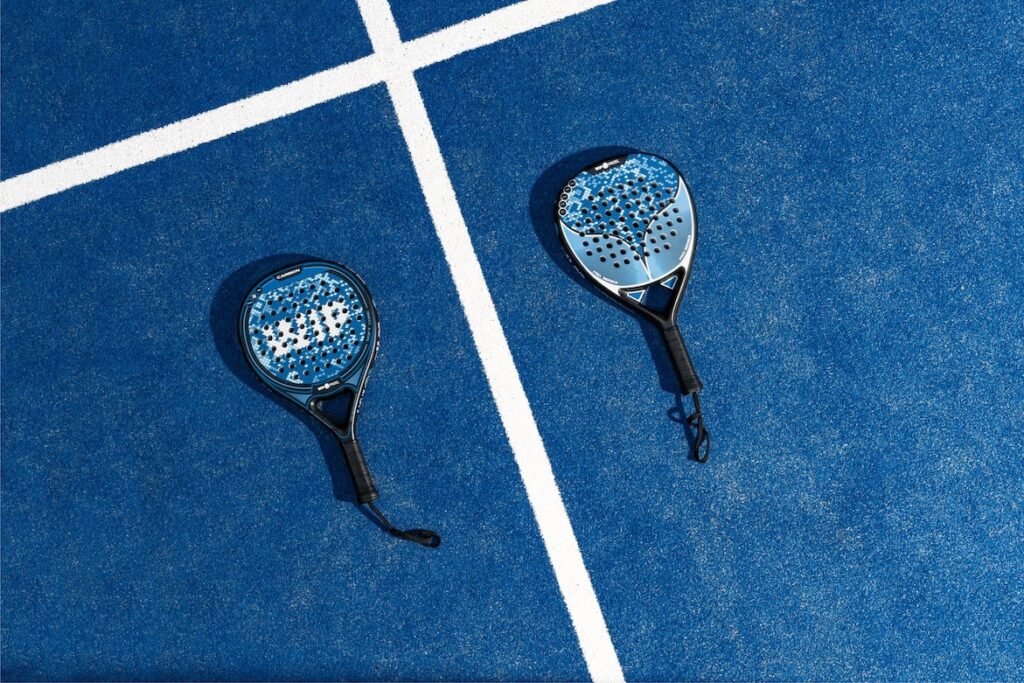Unlocking the Secrets of Padel Court Boundaries: Essential Tips for Players of All Levels
3 min read
Unlocking the Secrets of Padel Court Boundaries: Essential Tips for Players of All Levels
Greetings, fellow padel enthusiasts! Today, we will delve deep into the heart of padel court boundaries and unlock the secrets that lie within. Whether you’re a beginner, an intermediate player, or a seasoned pro, understanding the rules and dimensions of the padel court is crucial to your success on the court. So, grab your padel racket, put on your game face, and let’s dive right in!
What Are Padel Court Boundaries?
Before we get into the nitty-gritty, let’s clarify what we mean by padel court boundaries. In padel, the court is enclosed by walls on all sides, just like a tennis court, but with the major difference of having glass walls. These walls not only add an exciting element to the game but also dictate the way the game is played.
Tip 1: Measure Twice, Hit Once
Knowing the dimensions of a padel court is the key to understanding its boundaries. A standard padel court measures 20 meters in length and 10 meters in width. Within these dimensions, you’ll find a generous playing area that is bound to challenge and thrill players of all levels.
Now, let’s focus on the side boundaries. Unlike tennis, where the ball has to land inside the court, in padel, the ball can actually bounce off the side walls and still be in play. Yes, you heard it right! You can use those walls to your advantage. However, remember that the ball should still cross over the net and land within the opposite-side boundaries to score a point.
Tip 2: The Great Service Box Puzzle
One of the most fascinating aspects of padel court boundaries is the service box. Picture this: on either side of the net, you’ll find two service boxes; one on the right and one on the left. These service boxes are divided into two parts by a dashed line, front and back.
During the serve, the ball must bounce within the server’s service box, then the receiver’s service box, before crossing over the net. To add an extra layer of strategy, the server must hit the ball diagonally into the opposite receiver’s service box, making it a true test of skill and precision.
Tip 3: When in Doubt, Let the Ball Go Out!
Mastering the art of understanding padel court boundaries requires a keen eye and quick decision-making. Sometimes, when the ball is hurtling towards the side wall, deciding whether it’s in or out can be tricky. Well, here’s a helpful tip: when in doubt, let the ball go out! It’s always better to play it safe than risk losing a point.
Remember, dear players, understanding padel court boundaries is an ongoing process. Consistent practice, dedication, and experience on the court will help you truly master these skills. So keep swinging, keep learning, and keep exploring the secrets of the padel world.
Until next time, may the padel gods be with you as you unleash your power within the court!







